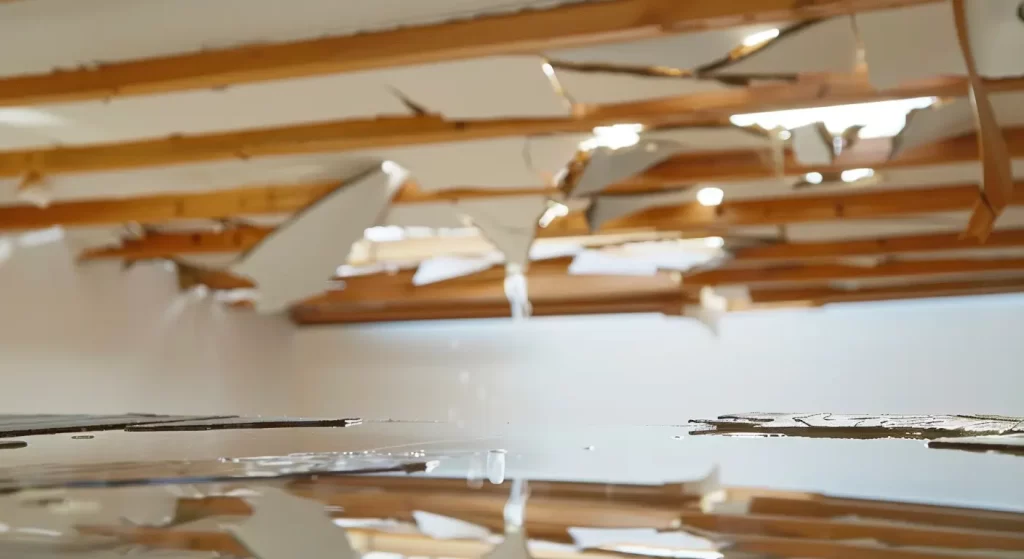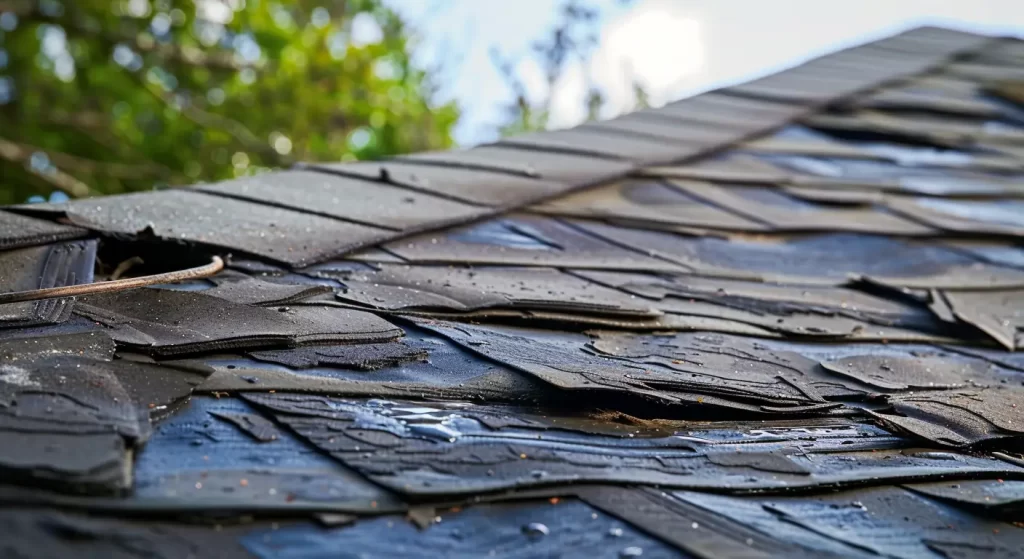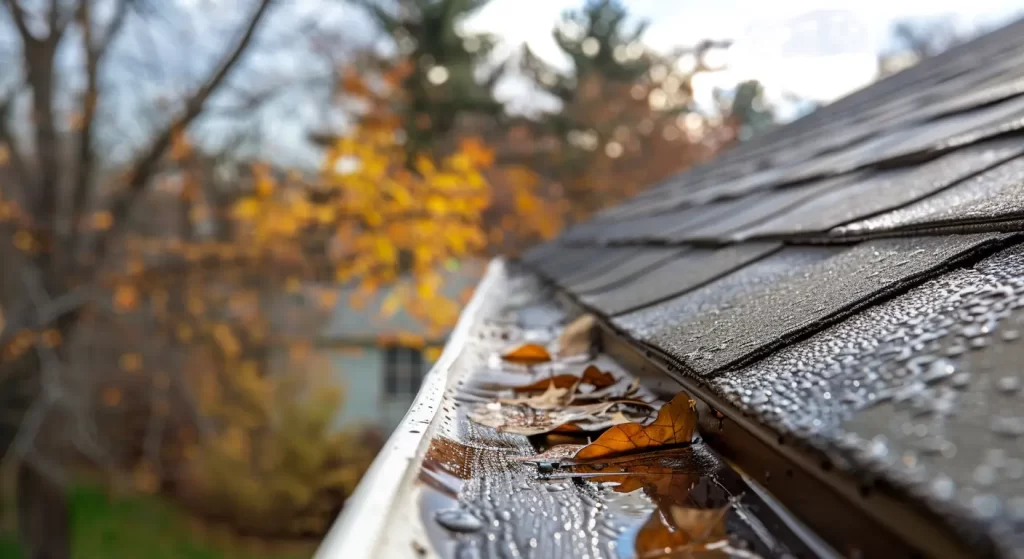Roof ventilation is often an overlooked, yet critical, aspect of roofing maintenance. It plays a major role in protecting your roof’s integrity and regulating your home’s internal environment. Without proper ventilation, moisture and heat can harm your roofing system, leading to expensive repairs down the line. For over 25 years, Shield Roofing has provided expert roofing services across San Antonio, TX, ensuring long-lasting results and peace of mind. Let’s explore why roof ventilation is vital for maintaining a durable and sturdy roof system.
The Importance of Roof Ventilation
San Antonio, TX homes face challenges unique to the Texas climate, where extreme temperatures and high humidity levels are common. Roof ventilation acts as a defense, combating issues like moisture buildup and heat accumulation. Without proper airflow, a leaky roof or extensive damage can quickly arise.
Proactive roof maintenance is key to avoiding costly roof repairs today. Ensuring correct ventilation helps regulate attic temperatures and enhances the resilience of your roofing system. Trust Shield Roofing to safeguard your home with reliable solutions tailored to San Antonio’s conditions.
How Texas Climate Impacts Your Roofing System
The Texas climate is notorious for extreme weather, from scorching heat to sudden storms. This environment strains roofing systems, especially steep roofs in San Antonio. Heat warps shingles, while rapid cooling after rain stresses nails, weakening their grip.
Additionally, the area faces hailstorms, strong winds, and occasional flash floods, leading to visible damage like cracked shingles, loose materials, and damaged skylights. Ignoring these issues can leave your roof vulnerable to water damage, and your best bet to prevent bigger problems with structural integrity is to address them promptly.
Homeowners should regularly assess their roofs for weather-related damage. With Shield Roofing’s expertise, you can protect your roof against San Antonio’s harsh conditions and ensure its longevity.

Common Signs of Poor Roof Ventilation
Identifying how water travels in roof ventilation issues can prevent serious complications. Homeowners should watch for visible damage, like sagging or warped shingles, which often indicates trapped moisture and can lead to mold and structural damage in the surrounding areas. A poorly ventilated attic may also contain wet insulation, reducing roofing efficiency. In cases of major leaks, using plastic sheets or plastic sheeting can provide a temporary barrier against moisture.
Unpleasant odors can signal mildew or water issues, while higher energy bills may indicate inadequate airflow, forcing HVAC systems to work harder. Prompt action is vital; a roofing contractor can assess and repair any problems. Addressing small issues now can prevent larger ones later.
The Science Behind Roof Ventilation
Roof ventilation operates on the principle of airflow, creating a balance between intake and exhaust vents. This system ensures fresh air cycles through your attic, pushing out moisture and heat. Without it, heat buildup can warp shingles, while trapped moisture fosters mold growth.
Attics without ventilation are prone to extreme temperature fluctuations, weakening the roof structure over time. An optimized ventilation system is your first line of defense, increasing roof durability and safeguarding your investment. Trust San Antonio’s experts, Shield Roofing, to ensure your ventilation system is working perfectly.
How Proper Airflow Prevents Moisture
Proper airflow is vital for your roofing system’s health. Adequate ventilation dissipates heat that accumulates under the roof, especially during Texas summers. Trapped hot air raises indoor temperatures and can damage roofing materials, leading to premature shingle failure, structural issues, and mold growth.
Effective airflow also reduces moisture buildup, preventing significant water damage. Water entering through small cracks can wet insulation and jeopardize rafters and underlying structures. Implementing proper ventilation practices ensures long-lasting protection and extends your roofing system’s lifespan.

Impact on Energy Efficiency and Comfort
Effective roof ventilation is crucial for energy efficiency and comfort in homes. Proper airflow regulates indoor temperatures, easing the burden on heating and cooling systems, which lowers energy bills. Insufficient ventilation can lead to hot spots, high humidity, and mold growth, compromising insulation performance.
To prevent structural damage and costly repairs, homeowners should ensure adequate airflow through intake and exhaust vents. A well-ventilated roof system enhances comfort and promotes a healthier living environment, benefiting both occupants and roofing materials’ longevity.
Ways Roof Ventilation Extends Roof Lifespan
Effective roof ventilation significantly contributes to the longevity of your roofing system by warding off potential issues. It minimizes risks of structural damage, such as sagging beams caused by excess moisture. Undetected, these issues lead to recurring roof leaks that demand emergency repairs.
Additionally, roof ventilation ensures shingles endure Texas’ climate, preventing unnecessary replacement costs. For homeowners in San Antonio, enlisting a professional contractor like Shield Roofing guarantees ventilation systems that stand strong against temperature extremes. Protect your investment with these lasting solutions.
Protection Against Mold, Rot, and Structural Damage
A poorly ventilated roof can foster mold and rot, threatening structural integrity. Initially invisible, mold spreads on wooden beams and damp insulation, necessitating urgent repairs.
Rot weakens the roof, making it vulnerable to severe weather. Water damage exacerbates these issues, leading to time-consuming solutions. Early professional intervention can prevent escalation.
Shield Roofing advises annual inspections for San Antonio roofs to avoid such damage. Proper ventilation serves as a long-term safeguard against costly deterioration.

Preventing Premature Failure
Shingles serve as your roof’s first defense, but poor ventilation speeds their deterioration. Trapped heat leads to warping and cracking around chimneys, resulting in more damage and repairs, including small holes that can develop over time.
Extreme attic temperatures also cause roofing materials like flashing, caulk, and waterproof tape sealants to fail prematurely, increasing water damage risk. While roofing tape, duct tape, or caulk may offer temporary fixes, only proper ventilation ensures long-term integrity.
Shield Roofing’s certified team uses advanced techniques to pinpoint stress points in your roofing system. By addressing ventilation issues early, we help San Antonio homeowners lower repair costs and significantly extend roofing systems life.
Connect With Us
In conclusion, proper roof ventilation is essential for extending your roofing system’s lifespan, especially in Texas. It prevents moisture buildup and heat accumulation, protecting your roof from mold and rot while enhancing energy efficiency. With over 25 years of experience, Shield Roofing emphasizes the importance of quality ventilation solutions. We are an Owens Corning preferred contractor, GAF certified, and hold a BBB A+ rating, with memberships in CTRCA and Directorii. Partnering with trusted brands like Owens Corning and GAF, we ensure your roof’s longevity. Contact our experts today for an inspection and personalized recommendations—your roof deserves the best care!
Read our blog: How Roof Ventilation Extends the Life of Your Roofing System
Frequently Asked Questions
What are the most effective types of roof vents?
The best roof vents for San Antonio’s varying climate include ridge vents for balanced attic airflow and turbine vents for active moisture removal. Consulting a professional roofing contractor ensures the proper attic ventilation system tailored to your home’s needs.
How often should roof ventilation be checked or maintained?
Professionals recommend annual inspection and maintenance to ensure optimal ventilation. The first step in a routine check identifies early problems, including the potential cause of the leak, preventing leaky roofs or bigger issues. Though a roof leak may seem like a small problem at first, quick action by a roofing contractor or a professional roofer keeps your roof in excellent condition year-round.
